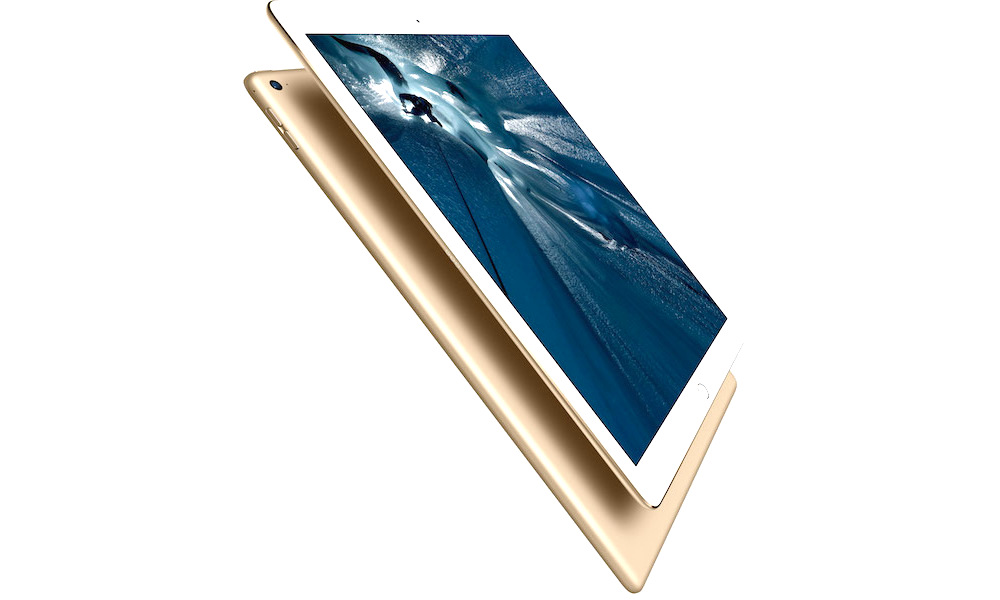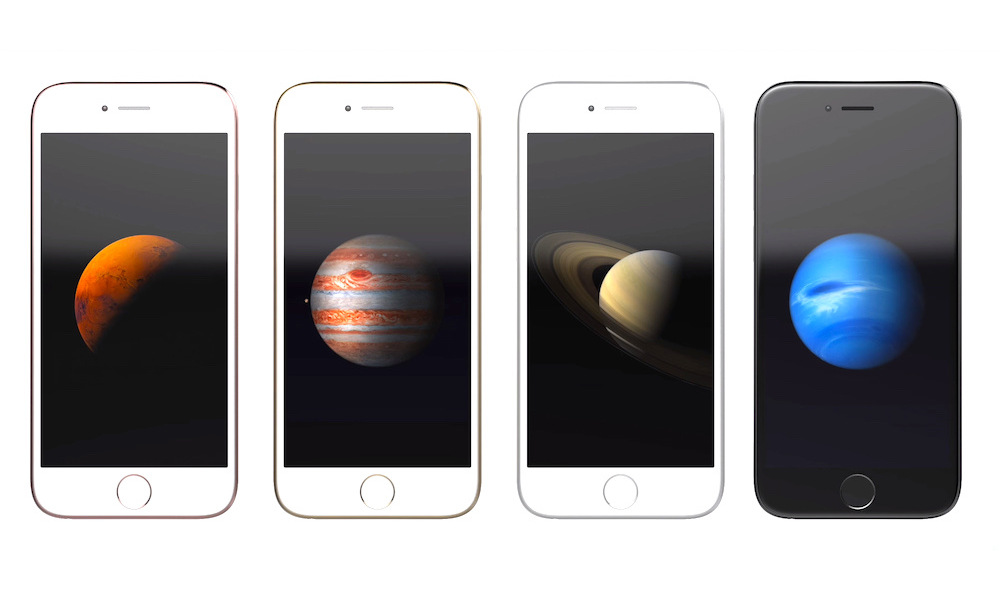From the Original iPhone to the iPhone 7 – How Apple’s SoC Has Changed the Game

Toggle Dark Mode
On a hot summer afternoon in June, 2007, Apple infiltrated the shelves of AT&T stores across the country with its debut mobile handset — more formally known as the good old ‘original iPhone’.
The 3.5-inch, touchscreen-enabled device was long considered, for its time, a revolutionary, awe strikingly powerful and game-changing slab of technology — prompting people of all ages and from all walks of life to go absolutely berserk, waiting in line, in some cases, for hours on end, just to get their hands on this fascinating new piece of mobile goodness.
Powered by what seems today like an almost archaic 412 MHz single-core ARM11 CPU and 103 MHz PowerVR MBX Lite GPU, the original iPhone was, back in its heyday, inarguably one of the most energy efficient, multi-touch sensitive powerhouses of the decade. And accordingly, everyone and their great aunt Sally wanted to have one in their pocket.
Fast forward, though — it’s been roughly a decade since the original iPhone debuted, and almost six years since Apple unveiled the first generation of its own, home-brewed “A series” silicon: the A4 chip, which originally debuted in the company’s first generation iPad back in April, 2010.
Suffice it to say, we’ve come quite a ways even since then, haven’t we? The Silicon Valley iDevice maker is currently employing its 9th and 10th generation A series chips, after all — the dual-core 1.84 GHz A9 in the iPhone 6s and 6s Plus, and the dual-core 2.26 GHz A9X CPU in the 12.9-inch iPad Pro.
Yet the latter of those two chipsets, believe it or not, is actually much more powerful and efficient than the former, even despite the seemingly minor “X” bump. The A9 family features an array of innovations, and power maximizing and energy conserving technologies — including a 64-bit desktop class CPU, capable of rendering bare bones performance that’s 70%, and graphics 90%, faster than its predecessor, according to Apple.
A Series vs. The Competition
Though perhaps the evolution that’s manifested over the years is more self-explanatory than it is intrinsically explainable? Both smartphones and tablet computers have evolved over the years, after all, and quite substantially so — amassing an impressive assortment of features and capabilities that would’ve once been considered futuristic, or even impossible, in some cases.
Apple has indeed brought to market some of the most powerful silicon currently on the market, and is currently leading the way with its A series CPUs — even despite its fiercest competitors in the mobile realm having created more perceptually advanced chipsets, some of which tout the inclusion of multiple cores, better graphics, faster speeds, and more memory. Though, in reality, those claims have been debunked, year after year, and time and time again.
I mean, it’s 2016, after all, folks! Companies like Samsung, Google, and even Apple, have either already brought, or are currently in the process of bringing innovations like augmented and virtual reality peripherals to market. We have, at our disposal today, smartphones that can charge wirelessly, withstand complete water submersion, make credit card payments, play and record video in 4K High Definition, and render some of the most comprehensive games currently available in stunning clarity and depth of immersion.
But there are, as we mentioned, several competitors that have been producing impressive chipsets as well — one of the contenders being the recently introduced Snapdragon 820 from Qualcomm. Boasting a quad-core, 64-bit ‘Kyro’ CPU, Qualcomm’s Snapdragon 820 features a multitude of technological advancements over even the latest A series chips from Apple. Support for next generation ‘Wi-Fi ad’ connectivity, Adreno 530 six-core graphics, and even better energy efficiency than its predecessor, the Snapdragon 810 — to name just a few.
The Snapdragon 820, which will be featured in the forthcoming Samsung Galaxy S7 and S7 Edge flagships, however, is a 2016 release. It’s hot-off-the-presses, as new as it gets technology, which is almost certain to pave the way for even greater hardware and software enhancements in the next iPhone — like virtual and augmented reality applications, greater screen resolution with support for 4K video streaming, and even faster X12 LTE wireless connectivity, if we’re fortunate.
Looking into the Future and the iPhone 7
So, seeing as how technology just keeps on evolving by leaps and bounds, is it only reasonable to assume that we’ll soon see similar technologies — like those employed by Qualcomm — make their way into future generations of the iPhone? Oh it’s absolutely reasonable, and perhaps even expected at this stage in the game.
As iPhone sales have taken their first ever dip during the 4th quarter of 2015, some industry insiders have argued that Apple seriously needs to step up its game with the iPhone 7 in order to stay competitive and appeal to power users in a rapidly evolving market. And the ‘iPhone 7’ — which is expected to be unveiled and released this fall — is widely believed to deliver quite the one-two punch.
From what we already know about Apple’s next generation silicon — the forthcoming A10 chip — well, let’s just say, if the current slate of rumors ultimately pan out to be true, iPhone fans are likely in for a very nice treat this year.
According to several sources in Apple’s vast Chinese network, the Silicon Valley, California, tech giant might be exploring the possibility of embracing the “Android style” CPU design. Meaning that the A10 could potentially feature up to six CPU cores, and vastly improved graphics performance.
Furthermore, the A10 chip has been rumored to be a collaborative effort between Apple and Intel, and, though that still remains to be seen, it could ultimately pave the way to iPhones so powerful and capable of so much, they’d definitely make the original iPhone look like more of a standalone, touchscreen calculator.
It’s hard to imagine, perhaps since Apple has maintained its stance on the benefits of dual-core chips. After all, with the exception of the iPad Air 2’s triple core, 1.5 GHz A8X, the company has been quite consistent with its 64-bit desktop class offerings — ever since the debut of the original iPad Air’s A7 chip.
However, with new technologies currently sprouting up in the market around us — such as VR/AR applications, 4K video recording and streaming, even faster Wi-Fi ad connectivity, and more, it’s only reasonable to assume that Apple will be leading the way, once again, when it releases its next slab of wireless goodness this fall.
Learn More: Why Samsung’s Galaxy S7 with OLED Display Should Serve as a Wake up Call to Apple









